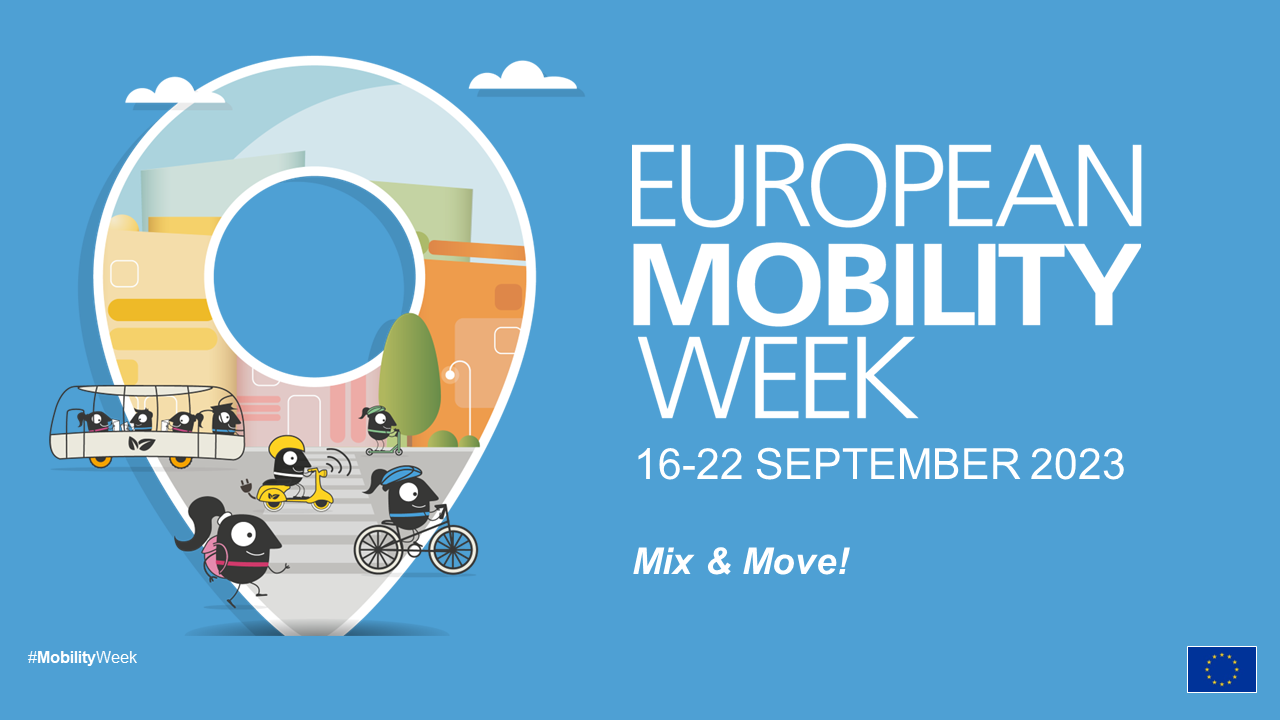Crafting inclusive transits for diverse demographics
– urban move represented at the European Mobility Week event in Tirana, September 20, 2023
Crafting inclusive transits for diverse demographics involves designing and implementing transportation systems that cater to the needs of a wide range of people, considering factors such as age, gender, ability, socioeconomic status, cultural backgrounds, and more. The goal is to create a transportation system that is accessible, equitable, safe, and convenient for everyone, regardless of their background or circumstances.
Some key principles and strategies for crafting inclusive transits:
1. Accessibility and Universal Design:
Ensure that transportation and parking facilities, vehicles, and services are accessible to people with disabilities. This includes providing ramps, elevators, tactile indicators, and other accommodations to facilitate easy and safe use for individuals with mobility, sensory, or cognitive impairments.
2. Diverse Routes and Schedules:
Offer a diverse range of transportation routes and schedules to serve various communities and their unique needs. Consider the commuting patterns, work hours, and preferences of different demographics to tailor transit services accordingly.
3. Affordability and Fare Equity:
Strive for fare structures that consider the economic diversity within the community. Implement fare policies that are affordable and considerate of low-income individuals and families to ensure that public transit remains an attractive and viable option for all.
4. Cultural Sensitivity and Awareness:
Educate staff and ensure that transportation services are culturally sensitive and respectful of diverse cultural norms and practices. This includes providing multilingual signage, accommodating cultural events, and incorporating cultural competence training for employees.
5. Safety and Security:
Prioritize the safety and security of all passengers, considering the specific concerns and vulnerabilities that different demographics may face. This may include well-lit stations, security personnel, and awareness campaigns to address harassment or discrimination.
6. Community Engagement and Input:
Involve the community in the planning and decision-making processes related to transportation. Gather feedback and insights from diverse demographics to better understand their unique needs and preferences.
7. Technology and Innovation:
Utilize technology to enhance accessibility and inclusivity. This can include real-time transit information apps, accessible ticketing systems, and other digital solutions that improve the overall transit experience for everyone.
8. Education and Outreach:
Conduct educational programs to raise awareness about the benefits of public transit and promote its use across different demographics. Encourage sustainable and inclusive transportation choices through campaigns, workshops, and school programs.
By incorporating these strategies and principles, transportation systems can be tailored to be more inclusive, equitable, and accommodating for the diverse needs and backgrounds of the communities they serve.
The best approach to consider all these principles is to adopt a holistic and community-driven transportation planning and management strategy that prioritizes equity, inclusivity, and ongoing adaptability.


Comments are closed